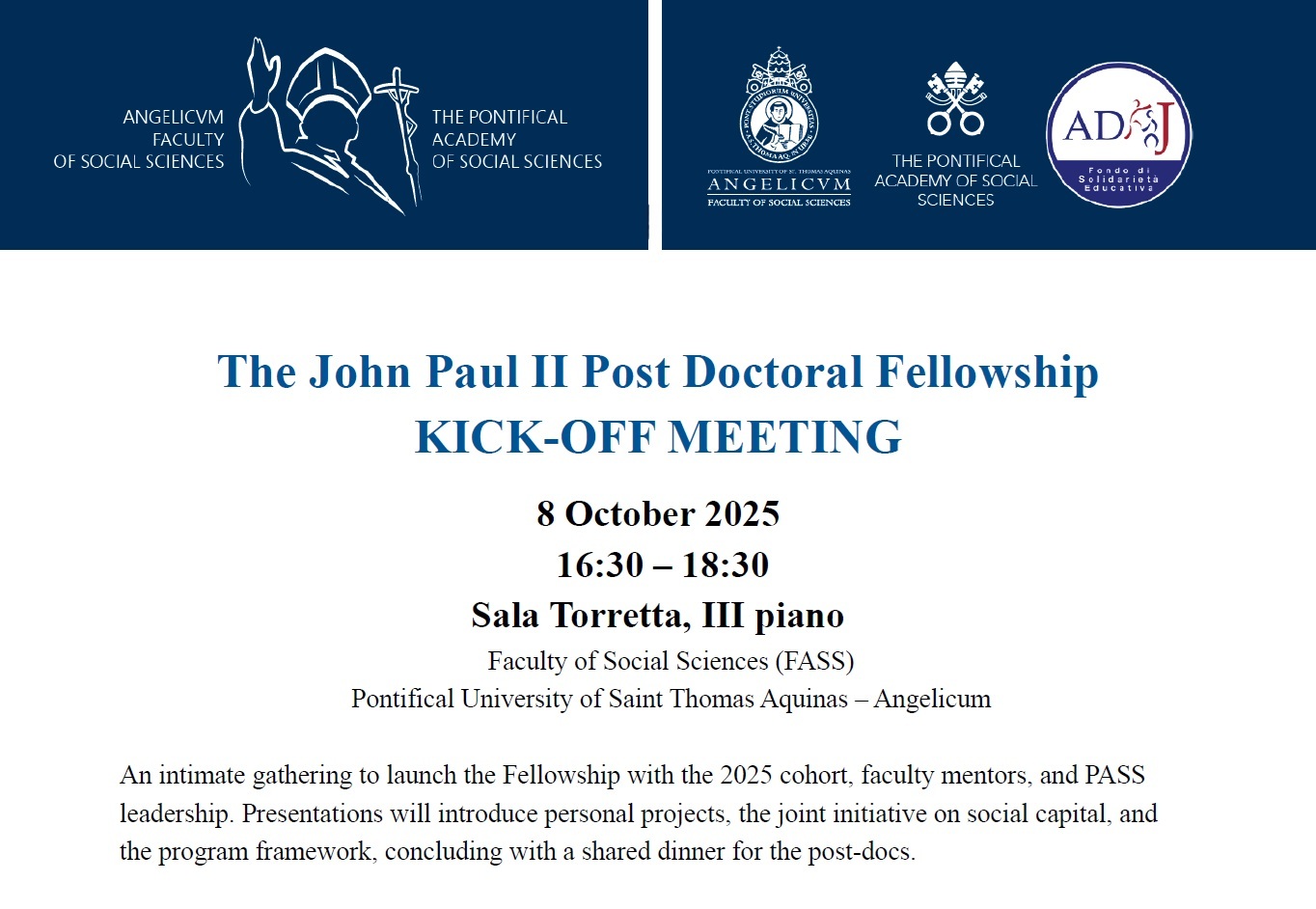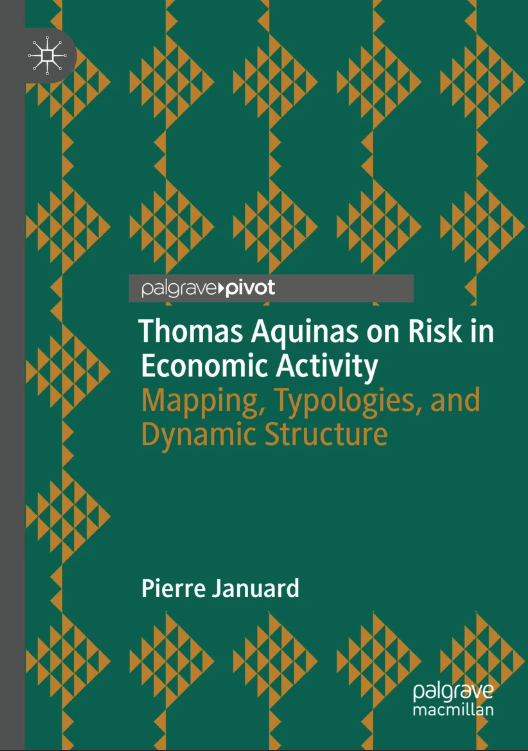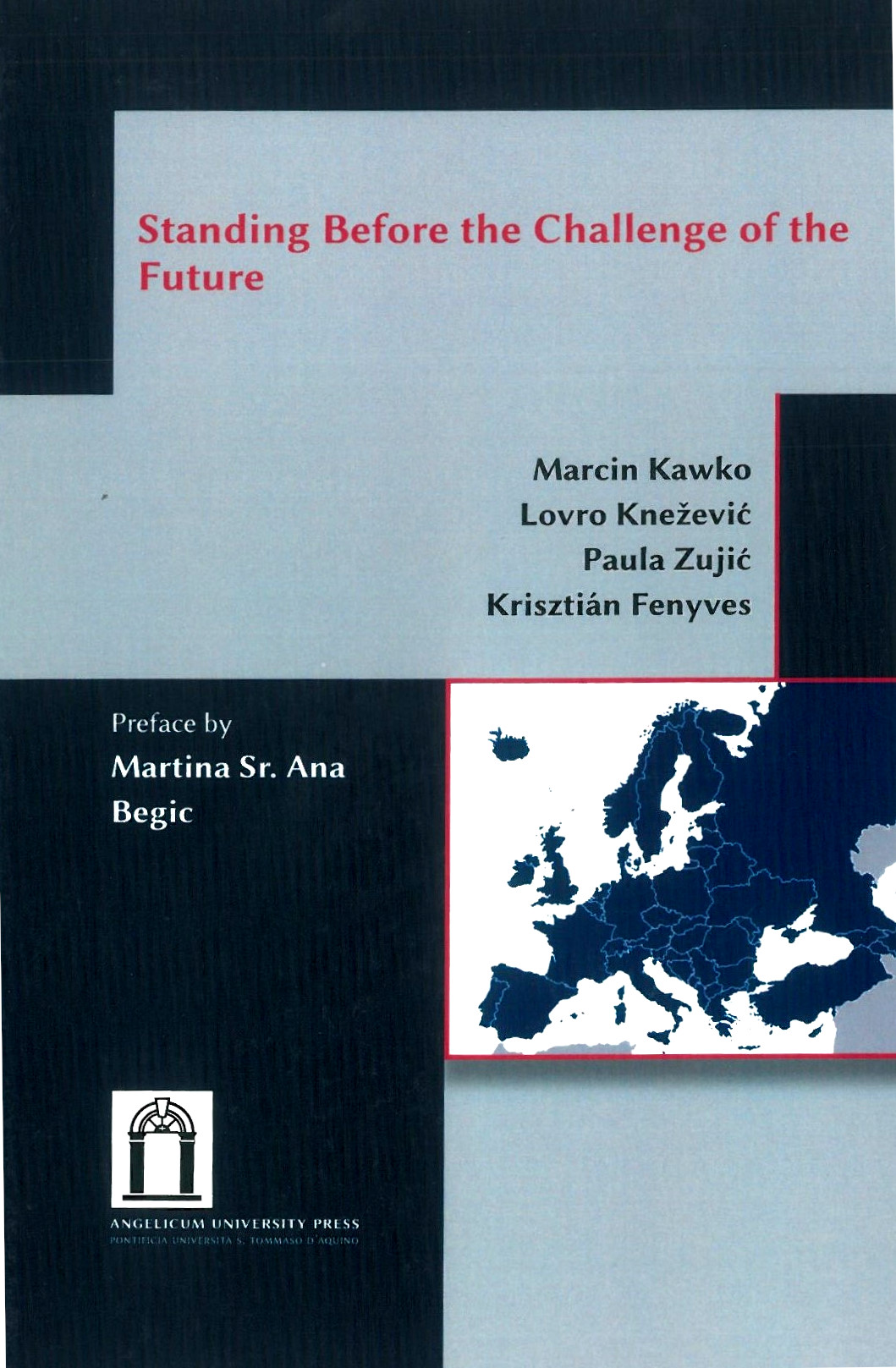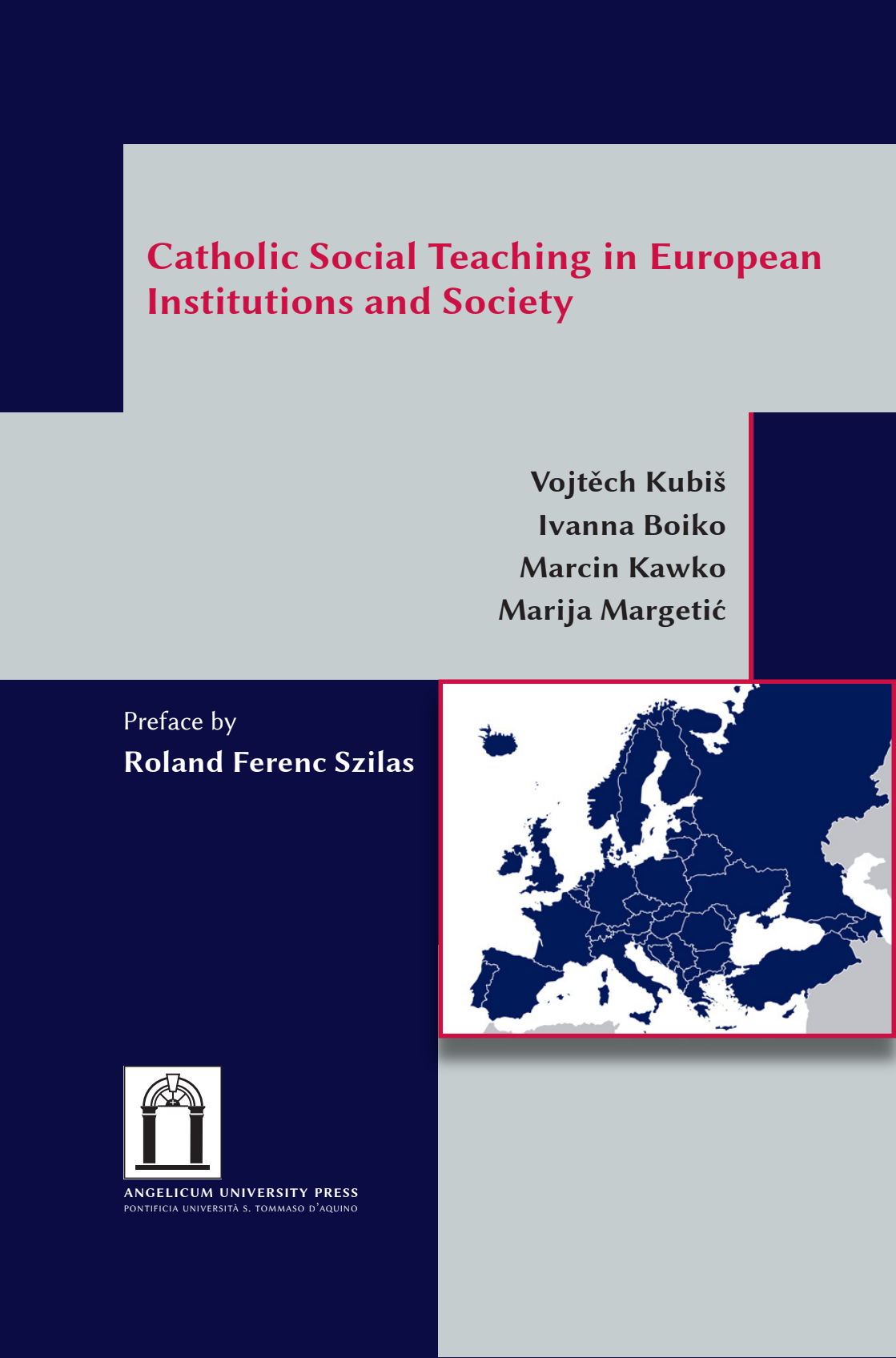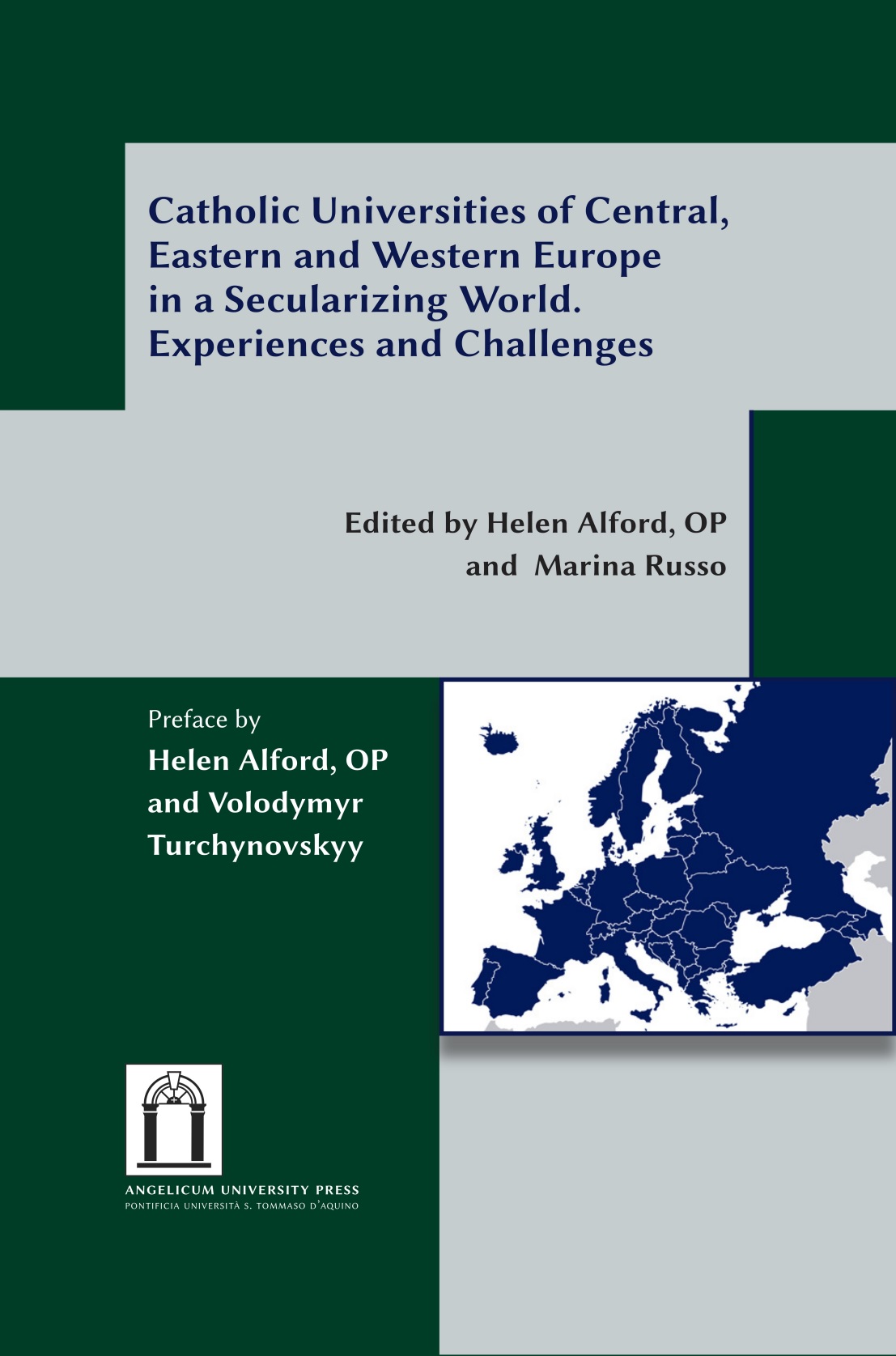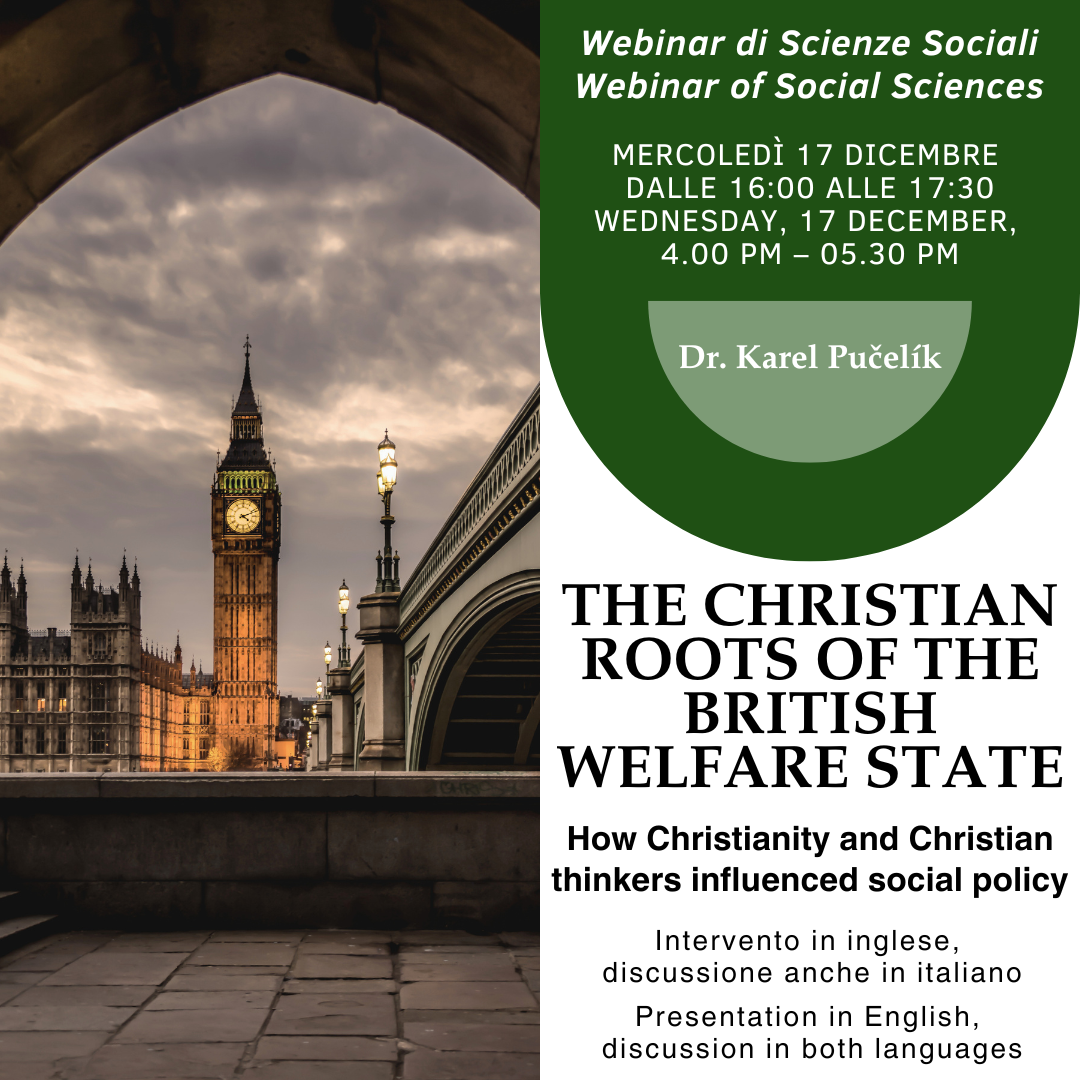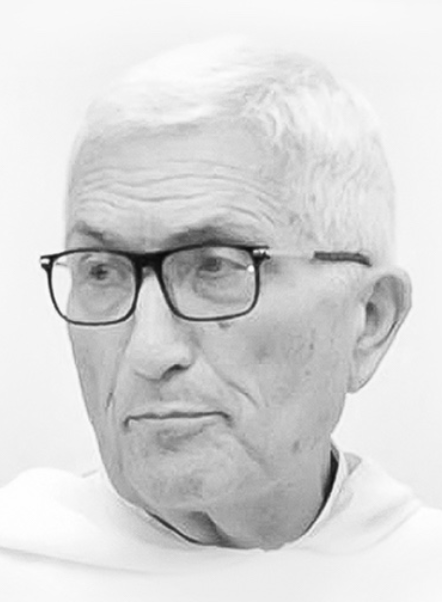Alfani Guido, As Gods Among Men. A History of the Rich in the West.
Princeton & Oxford: Princeton University Press 2023
A History of the Rich in the West
Pierre Januard
Guido Alfani, a professor of economic history at Bocconi University, offers a thematic overview of the rich, ranging from antiquity to the most recent times. The book shows that there have always been super-rich people and that their place in society has always been a subject of debate. Alfani’s project is not so much to study wealth per se as to study the rich through the factors that explain their enrichment, the nature of this wealth and the impact of their presence in society. The book is “a general history of the wealthy across the ages” (p. 1) and “focuses on the rich as a social-economic group distinguished by affluence" (p. 3). It is neither about the rich as individuals, families or dynasties, nor as a social class: "the rich are solely defined solely based on their affluence" (p. 4). After a detailed introduction laying down the methodological foundations, the author presents a first section on the evolution of the definition of wealth and the concentration of this wealth, followed by a second on the pathways to wealth, focusing on the notion of aristocracy, the role of innovation, finance and the trade-off between consumption and savings, and then on the sociological evolution of the rich over the ages. A third part is devoted to the place of the rich in society, the difficulties posed by the concentration of wealth, the role of philanthropy, the interaction between the rich and politics, and the role of the rich during crises, including the most recent (war, health crisis, etc.).
The book combines the history of economic facts and the history of economic thought, fully fulfilling its role as a problematised historical overview from different angles. The whole is well documented and the author gives due consideration to the different thinkers of a given period, thereby avoiding too great a reduction to the main characteristics of each of the stages presented, which is the risk of major overviews and pathways. Thus, for example, in chapter 8 on the concentration of wealth, the author illustrates the suspicious nature of the medieval position by referring to several authors: not only Thomas Aquinas, but also Nicole Oresme, Bernardino of Siena and several lesser-known authors. The author endeavours to show the major movements in the history of ideas by highlighting the coherence and gradual evolution of the perception of the rich in society. The nature of the work does not allow him to enter into the complexity of the debates specific to each period, nor into the internal evolution of the thought of each thinker. Thus “Aquinas and Nicole Oresme can be taken as representative of a widespread mistrust of the super-rich” (p. 217). The author attempts to support his position quickly on the texts of these authors, but it would be necessary to study all of Aquinas’s economic texts in order to clarify his conception of wealth, and the hundred years that separate Aquinas and Oresme are marked by several developments that need to be taken into account for a detailed understanding, which would be more the result of analytical work than of a synthesis such as the one proposed here.
The book attaches great importance to the detailed presentation of the social status of the rich, the statistical definition of this social group and the nature of wealth, whether material or financial. Although it is not clearly explained, the author adopts a patrimonial definition of wealth, distinguishing between wealth and income. Wealth is perceived here as a stock, even if it is a question of the means of enrichment, i.e. of increasing this stock. This way of perceiving the term “wealth” could therefore lead to confusion, as the way in which wealth has been approached since François Quesney, in the mid-18th century, through the notion of the annual net product of the land, and then by Adam Smith, who began his Wealth of Nations in 1776 with the notion of “the annual labour of every nation”, has introduced a perception of wealth in terms of flows. At the macroeconomic level, the traditional indicators of wealth are Gross Domestic Product or Gross National Income, rather than the assets of a state or of the population as a whole. The author sometimes combines the two approaches and uses data in terms of income or production, using GDP per capita, for example, to draw conclusions in terms of wealth in his own patrimonial sense, but he makes it clear the distinction between what comes out of the flow (production and income) and what comes out of the patrimonial stock, which he calls wealth (i.e. p. 42-43).
This well-documented and well-written book is easy to read and shares the author's vast erudition with the reader. It will be of interest to historians of social history and economic facts, as well as to historians of economic thought and philosophers. Economists accustomed to working on the concept of wealth will also find in it a stimulating displacement of their usual thinking, since this wealth is held by real people.
 IT
IT  EN
EN 
